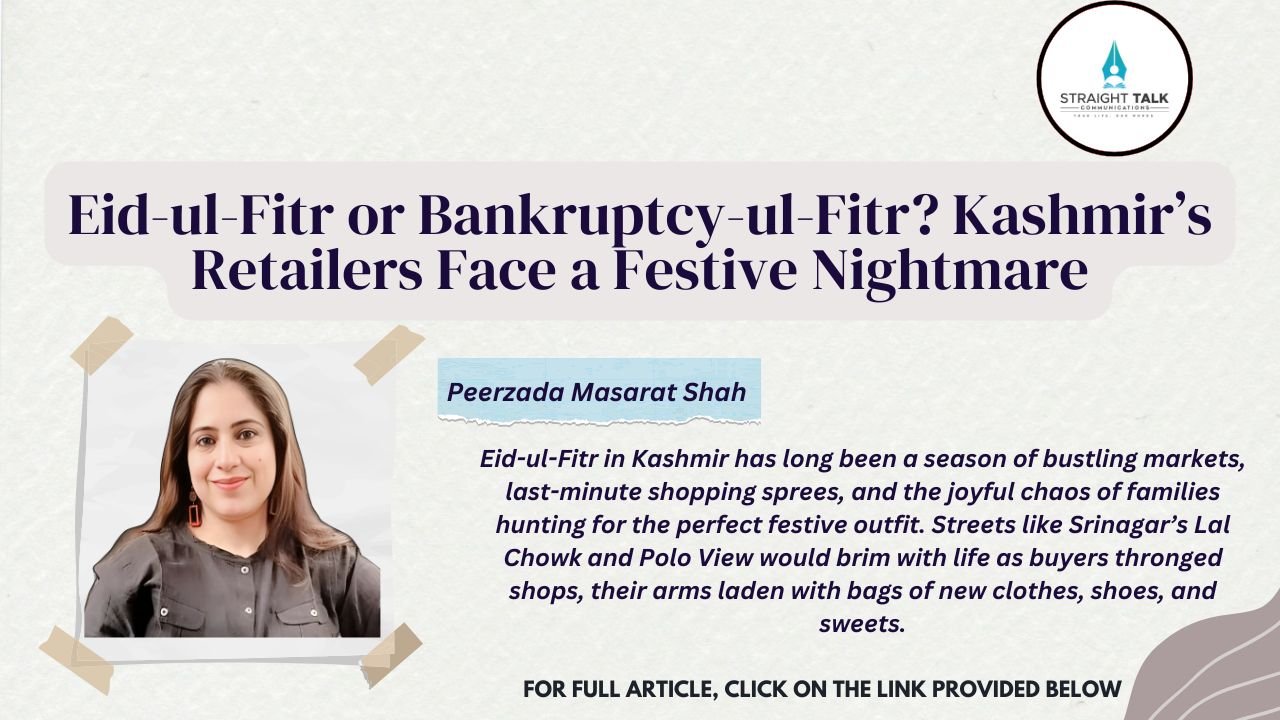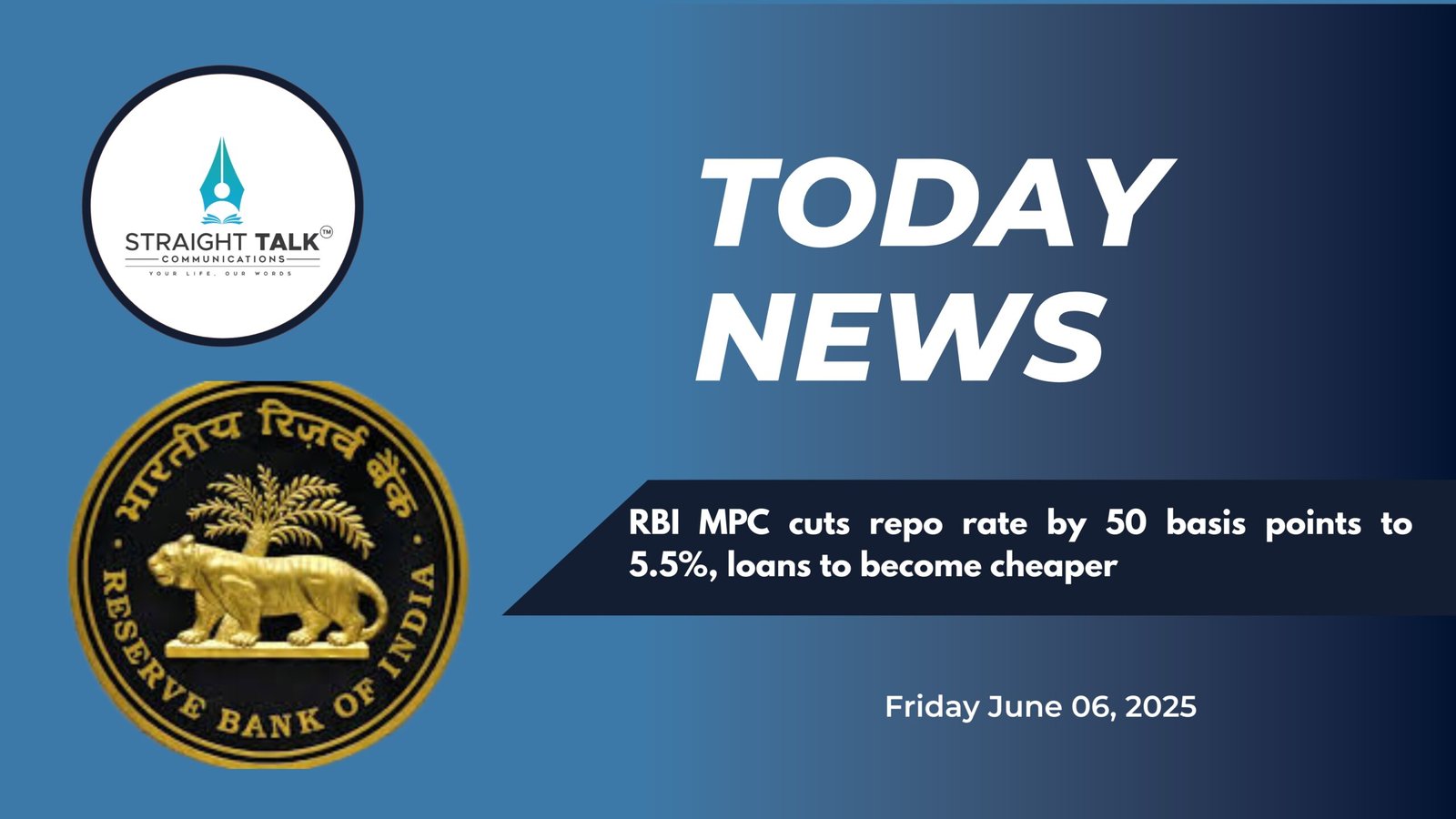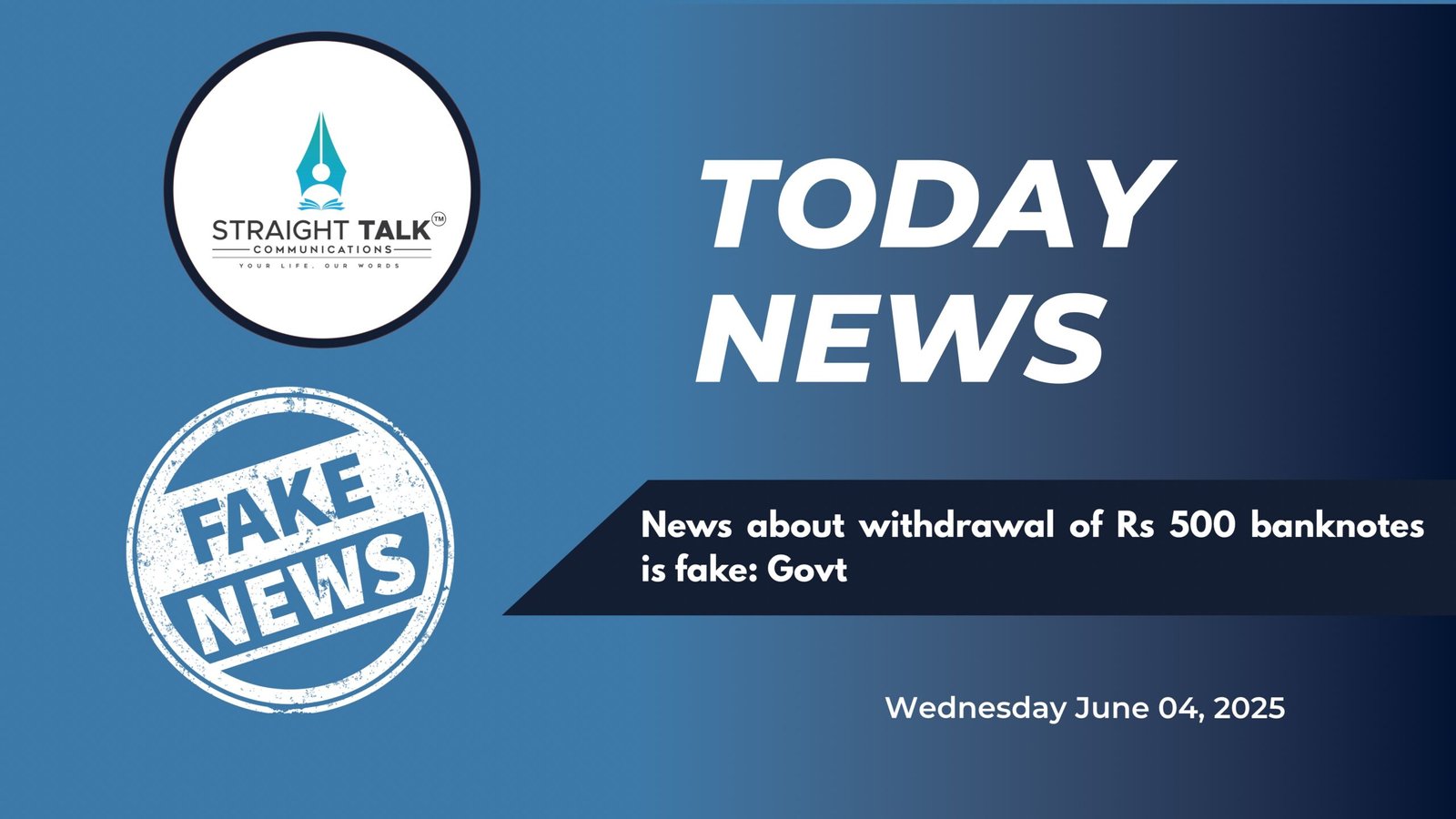Eid-ul-Fitr or Bankruptcy-ul-Fitr? Kashmir’s Retailers Face a Festive Nightmare

Peerzada Masarat Shah
Eid-ul-Fitr in Kashmir has long been a season of bustling markets, last-minute shopping sprees, and the joyful chaos of families hunting for the perfect festive outfit. Streets like Srinagar’s Lal Chowk and Polo View would brim with life as buyers thronged shops, their arms laden with bags of new clothes, shoes, and sweets. But in 2025, the only thing overflowing is the despair of shopkeepers. Instead of ringing cash registers, traders are left with mountains of unsold inventory and a sinking realization: this Eid might spell financial ruin. Garment sales have plummeted by a jaw-dropping 95%, transforming what should have been a peak season into an economic nightmare.
A Festive Season Stripped of Festivity
For decades, Eid has been the economic heartbeat for Kashmir’s traders, a time when they could count on clearing stocks and settling dues. This year, however, the pulse has flatlined. Rising inflation, crippling taxation, and shrinking disposable incomes have turned eager shoppers into cautious penny-pinchers. The tradition of buying new clothes for Eid—a ritual as old as the festival itself—has given way to grim budgeting and quiet resignation.
Mohammad Yaseen Khan, Chairman of the Kashmir Economic Alliance (KEA), painted a bleak picture: “The business community is in deep crisis. Shops are shutting down due to a lack of sales, and retailers are struggling to clear their dues.” His words echo across Srinagar’s once-vibrant marketplaces, where shopkeepers sit idle, their shelves untouched.
Take the case of Bilal Ahmad, a garment trader in Lal Chowk. “Last Eid, I sold over 200 outfits in the week before the festival,” he said, staring at racks of unsold kurtas and shawls. “This year? Barely 10. Even 70% discounts aren’t moving stock.” His frustration is palpable, shared by hundreds of others facing the same fate.
Voices from the Ground: X Posts Tell the Tale
The crisis has spilled onto social media, with traders and locals venting their anguish on X. On March 25, 2025, @KashmirTrader posted: “Eid prep in Lal Chowk? More like a ghost town. No customers, no sales, just debt piling up. Govt needs to wake up!” The post, accompanied by a photo of an empty storefront, garnered dozens of retweets from fellow retailers. Another user, @SrinagarVoice, shared a video of Polo View’s deserted lanes, captioning it: “This was supposed to be Eid rush hour. Where did everyone go?”
The garment sector, historically a festive cash cow, is bearing the brunt. Shopkeepers report that even heavy markdowns fail to attract buyers, as families prioritize essentials over tradition. “People are choosing bread over brocade,” lamented a retailer in Residency Road.
Who Stole Eid Shopping?
For Lal Chowk’s seasoned shopkeepers, market dips are nothing new—but this slump is unprecedented. “Dasulab heiz kour ne” (The market is finished), muttered Abdul Rashid, a veteran trader, as he watched a lone customer browse and leave empty-handed. The culprits behind this collapse are manifold: soaring inflation, punitive taxation, and a seismic shift to online shopping.
A growing suspicion among traders points to an influx of suspiciously cheap clothing flooding the valley. Sold at 40-50% below market rates, these goods are undercutting traditional retailers and raising eyebrows. “Where are these products coming from? Who’s selling them so cheap, and how?” demanded Khan of the KEA, hinting at possible smuggling or counterfeit operations. On X, @ValleyWatchdog posted on March 27: “Cheap clothes everywhere in Srinagar markets. Smells like a scam. Local traders can’t compete—someone investigate!”
The Perfect Storm Brewing for Years
Kashmir’s retail crisis didn’t emerge overnight—it’s the fallout of an economic tempest years in the making:
• Inflation’s Relentless Bite: With essentials like food and fuel eating into budgets, discretionary spending on festive items has evaporated. A Srinagar housewife, Rubina Jan, explained, “A kilo of mutton costs ₹700 now. How can I justify ₹2,000 on an Eid dress?”
• Taxation Turned Predatory: GST rates on garments and other goods hover as high as 28%, choking traders’ margins. “It’s legal robbery,” fumed a Polo View shopkeeper, who’s slashing prices just to break even.
• The Click-and-Buy Takeover: Online platforms have seduced younger buyers with convenience and cut-rate deals. X user @KashmiriYouth boasted on March 28: “Got my Eid outfit for ₹800 online. Why bother with crowded markets?”
• Debt’s Deadly Grip: Banks, rather than offering lifelines, are tightening the screws. Many traders, like Bilal, face mounting interest on loans taken to stock up for Eid—loans they now can’t repay.
Beyond Garments: A Region in Peril
The ripple effects stretch far beyond fashion. Pharmacies, grocery stores, footwear outlets, and electronics shops are all reeling. In Goni Khan Market, a shoe seller named Tariq reported a 60% sales drop. “No one’s buying beyond the basics,” he sighed. This downturn threatens thousands of jobs—salespeople, tailors, delivery workers—leaving entire families on the brink.
On X, @KashmirJobs cried out on March 29: “Retail’s dying, and so are livelihoods. My cousin lost his shop assistant gig today. What’s next?” The post struck a chord, with users sharing similar stories of layoffs and closures.
A Plea for Rescue: Will the Government Act?
With bankruptcy looming, traders are pinning their hopes on government intervention. Their demands are urgent and clear:
• Tax Relief: Slash GST and levies to make goods affordable again.
• E-commerce Crackdown: Regulate online platforms to curb unfair pricing and knockoffs.
• Financial Lifelines: Offer interest waivers and loan restructuring for drowning businesses.
Without action, Kashmir’s retail sector may not weather another Eid. Khan warned, “If this continues, half the shops in Srinagar will be shuttered by next year.”
Eid’s New Face: A Festival of Loss
For now, Eid-ul-Fitr in Kashmir retains its spiritual glow—but for traders, it’s a season of empty tills and shattered dreams. The markets, once alive with laughter and haggling, stand silent, a stark reminder of an economy on its knees. As families gather to pray and feast on March 30, 2025, shopkeepers like Bilal and Rashid can only watch their livelihoods fade, wondering if the festive spirit will ever return to Kashmir’s battered bazaars.








Well articulated piece with color painting like paint brush